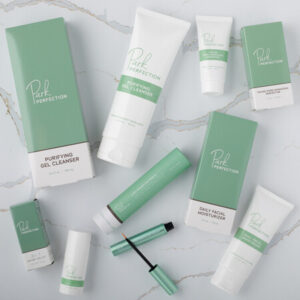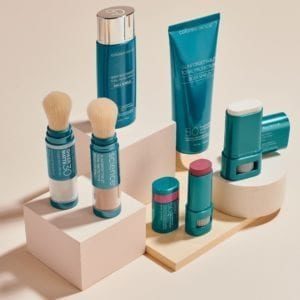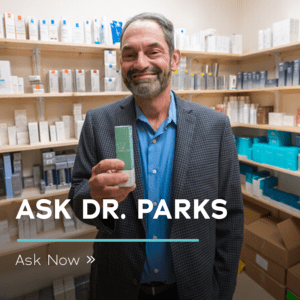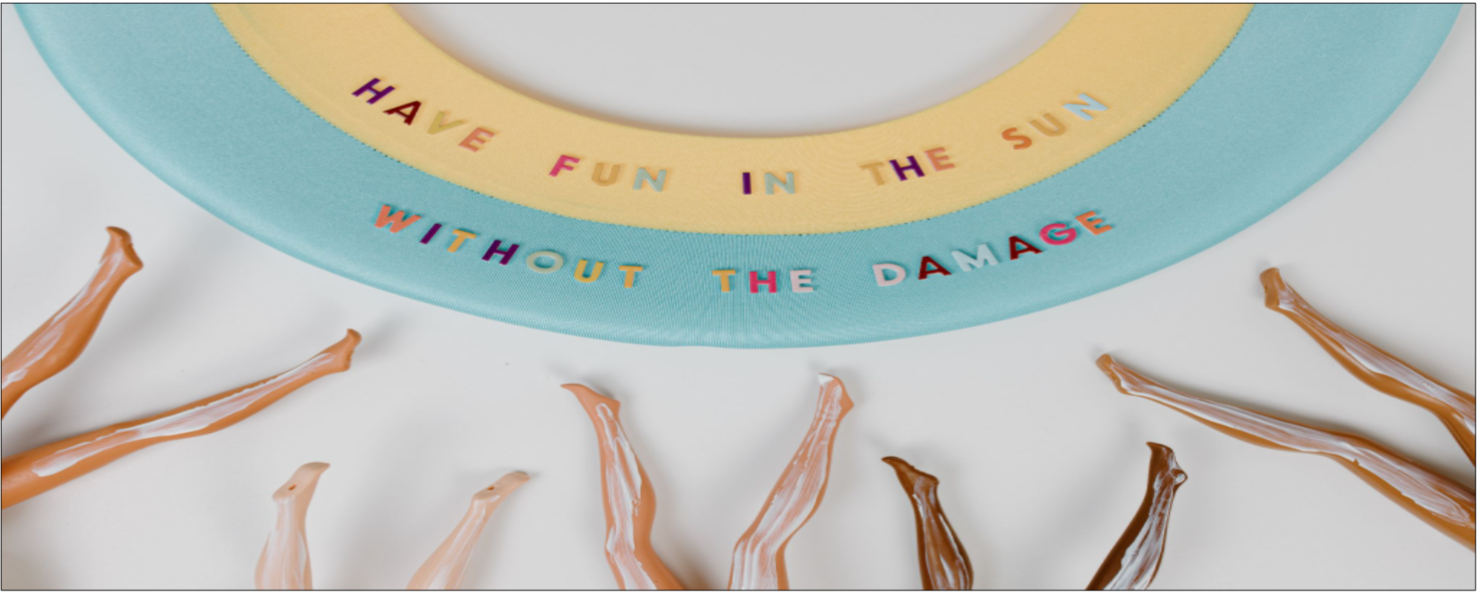We talk a lot about the importance of sunscreen, not only for anti-aging but for your overall health. Skin cancer is one of the most common types of cancer out there, but it can be prevented with sunscreen, regular derm visits, and lots of TLC for your skin. Keep on reading for 14 facts about skin cancer that you need to know- and don’t forget the sunscreen!
About 2 people in the United States die from skin cancer every hour.
It’s true- according to the Skin Cancer Foundation, skin cancer is one of the most common forms of cancer. It’s also one of the most preventable! You should be looking out for any signs on your body that something could be going wrong, such as enlarged moles, new dark spots, or anything that seems out of the ordinary. Be sure to also check in with your dermatologist yearly.
The Skin Cancer Foundation states that having more than 5 sunburns doubles your risk for melanoma.
We’ve all been there- a day at the pool, the beach, or just in the sun, and you come home with stinging, red skin. Sunburns will usually subside within a few days, sometimes with a little peeling. It may just seem like a short-lived consequence of too much sun, but in reality, the more sunburns you get, the more at risk you are.
The annual cost to treat skin cancers in the U.S. is estimated at $8.1 billion: about $4.8 billion for nonmelanoma skin cancers and $3.3 billion for melanoma.
That is not a price you want to be a part of! Besides the effects to your health and livelihood, skin cancer can be detrimental to your wallet. As preventable as skin cancer is, this should be motivation enough to wear your sunscreen and check in with your dermatologist!
About 90 percent of nonmelanoma skin cancers are associated with exposure to ultraviolet (UV) radiation from the sun.
With other cancers, the cause is often unknown. With skin cancer, we know where it comes from a lot of the time- and it’s the sun! It couldn’t be easier to prevent it. This means always staying on top of wearing sunscreen, limiting your time in the sun (AKA taking breaks!) and knowing the signs to bring up to your doctor.
Basal cell carcinoma (BCC) is the most common form of skin cancer. An estimated 3.6 million cases of BCC are diagnosed in the U.S. each year.
Basal cell carcinoma is a type of cancer that begins at the basal cells. It’s the most common form of skin cancer and most common form of cancer found in general. It appears as a white, waxy lump or a brown scaly patch on areas of your skin that often face the sun, such as your face or neck.
It’s estimated that the number of new melanoma cases diagnosed in 2021 will increase by 5.8 percent.
But, this statistic doesn’t have to come true. Take your skin care seriously and avoid causing your skin (also your body’s largest organ) damage.
In the past decade (2011 – 2021), the number of new invasive melanoma cases diagnosed annually increased by 44 percent.
Whether it’s because everyone is spending more time in the sun or forgetting their sunscreen, skin cancer cases are rising- and have been for a while.
The vast majority of melanomas are caused by the sun. In fact, one UK study found that about 86 percent of melanomas can be attributed to exposure to ultraviolet (UV) radiation from the sun.
Just like nonmelanoma skin cancer, melonoma is known to be caused by sun exposure. Melanoma is the most serious type of skin cancer. It is formed in the melanocytes of the skin, where pigment lies. It’s less common than basal cell or squamous cell carcinoma, but it’s a lot more dangerous because it has the ability to spread to other organs quicker.
Only 20 to 30 percent of melanomas are found in existing moles, while 70 to 80 percent arise on apparently normal skin.
This is why it’s so important to go to your dermatologist regularly and pay attention to abnormalities on your skin. When caught early, it can be treatable!
Regular daily use of an SPF 15 or higher sunscreen reduces the risk of developing melanoma by 50 percent.
Enough said. We recommend at least an SPF 30 for your face everyday. This also includes re-applying every few hours and balancing your time in the sun.
Men aged 49 and under have a higher probability of developing melanoma than any other cancer.
It doesn’t matter how young and healthy you are- wear sunscreen.
Ultraviolet (UV) radiation is a proven human carcinogen.
This is why a broad-spectrum sunscreen is important! When a sunscreen is labeled “broad-spectrum,” it means that it protects you against both UVA and UVB rays, both of which can damage the skin and lead to skin cancer.
The incidence of skin cancer among non-Hispanic white individuals is almost 30 times higher than that among non-Hispanic Black or Asian/Pacific Islander individuals.
Whether this is due to the process of melanocytes in the skin or simply genetics, the statistics don’t lie. Everyone can get skin cancer, but if you’re in a higher risk category, don’t ignore it.
Melanoma is the second most common form of cancer in females age 15-29.
Skin cancer doesn’t discriminate- it can affect you at any age, any gender, anywhere. This statistic simply shows that women are suffering from melanoma more commonly, but everyone should be taking precautions.
Every year, more than 3 million Americans are diagnosed with either basal cell carcinoma or squamous cell carcinoma.
At the end of the day, we’ve emphasized how preventable these types of skin cancer are. We can help that number go down with the right information, education, and action. Please consult your dermatologist with any specific questions regarding your skin health, and don’t forget your sunscreen!










